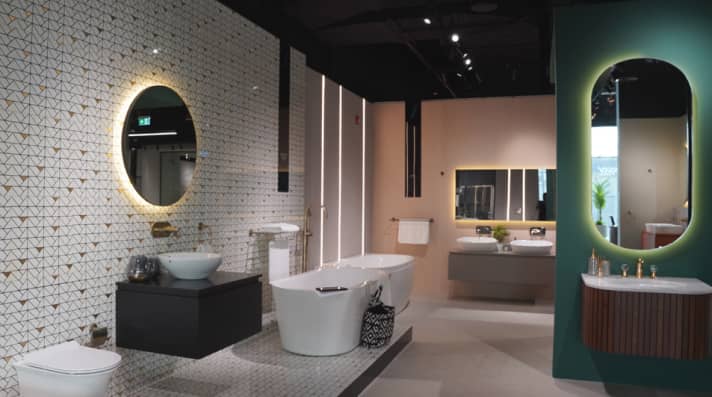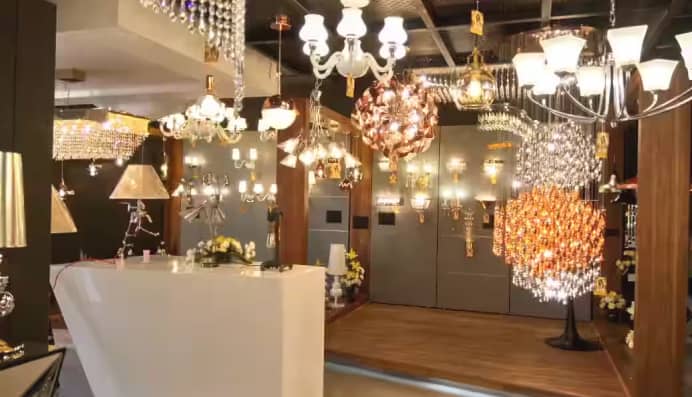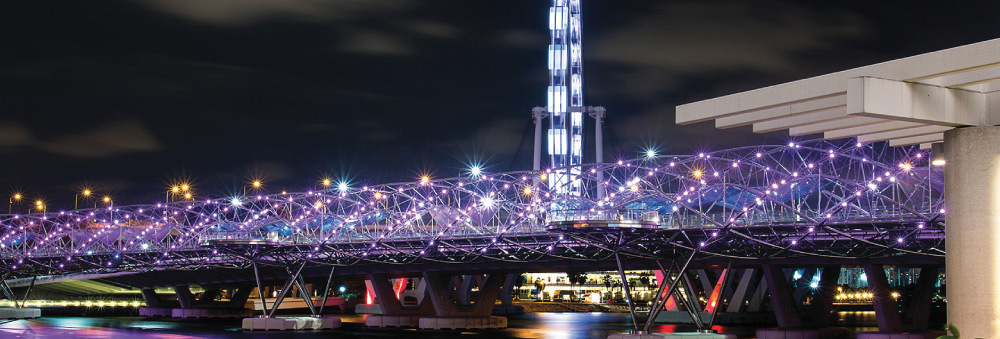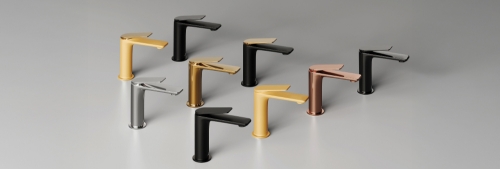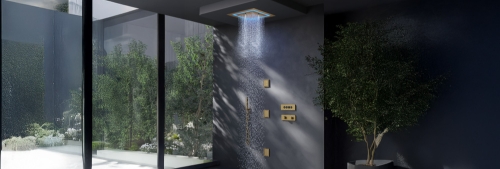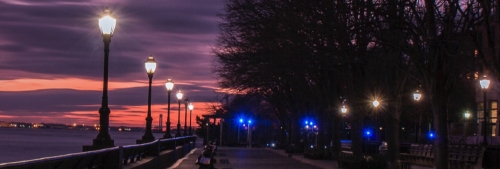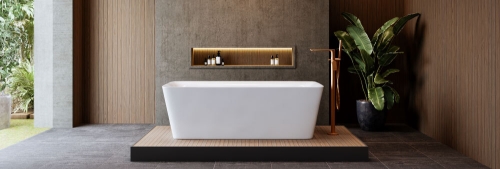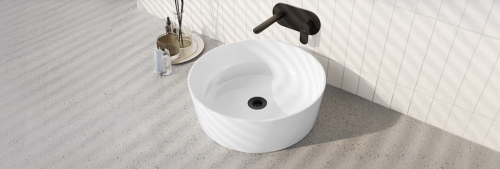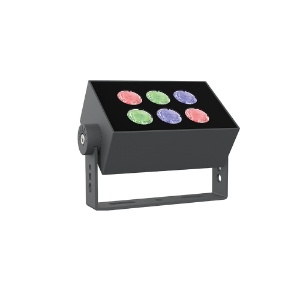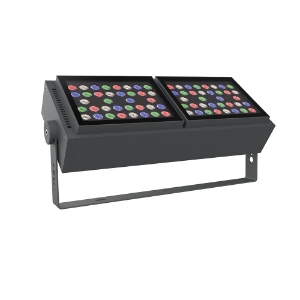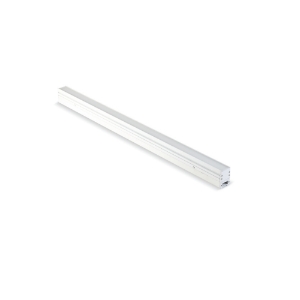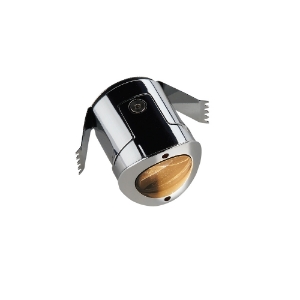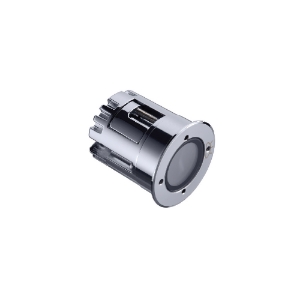Light has been important in shaping the way we experience spaces for centuries. Architecture is no exception, as facade lighting not only provides illumination after sundown but also alters the very sense of a building's face. Whether strolling by a well-lit commercial building or pulling into the driveway to an artistically lit porch, the purpose of facade lighting goes beyond functionality; it becomes a reflection of identity, atmosphere and design intention.
In this blog, we discuss various facade lighting solutions provided by Jaquar, their architectural application, placement strategies, and how to choose the ideal solution for your outside space.
Understanding the Role of Facade Lighting:-
Facade lighting is the science and art of illuminating the exterior surfaces of a building, its façade, outlines, and significant architectural features. In addition to beauty, it has necessary functions such as security, wayfinding and presentation. Well-designed facade lighting complements outdoor building lighting for both commercial and residential projects, transforming bland walls into dynamic artwork.
While ranging from unobtrusive mood lighting to graphic, strong expressions, careful facade lighting techniques balance creativity with environmental stewardship.
Types of Facade Lighting:-
Outdoor facade lights feature an adaptable selection of luminaires that are specifically designed for walls, windows, floors, and beyond, providing both functional and aesthetic advantages for different purposes.
1. Wall Washer Lights
Wall washer lights spread soft, even light across walls, perfect for highlighting textures and adding a modern glow. Ideal for villas, galleries, and boutique hotels. Aligning them with windows or trims gives a sleek, balanced look.
2. Flood Lights
Flood lights offer powerful, wide coverage. Ideal for driveways, gardens and building entrances. Great for both security and dramatic highlights. If you love bold, clean lines and crystal clear visibility, these are for you.
3. Dot Lights
Dot lights are tiny, twinkling accents that bring texture and rhythm to any space. Best suited for curved surfaces or patterned facades, they’re fully customisable, perfect for creating playful patterns or animated effects.
4. Linear Flex Lights
These flexible strips hug curves and edges like a second skin. Ideal for signage, eaves, or architectural trims, they blend seamlessly into your structure’s geometry. Clean, subtle and striking all at once.
5. Flexi Wallwasher
A flexible variation of the wall washer, this light adapts to uneven surfaces and textured facades. Ideal for stone-clad exteriors or heritage buildings, it enhances architectural depth.
6. Ground Burial Lights
Designed to cast upward beams, these lights bring drama to entrances and garden features. They are perfect for columns, trees or architectural highlights and integrate cleanly into the ground.
7. Spot Projectors
These directional lights are built to accentuate specific design elements. Use them to highlight sculptures, name plates or details. The effect is sharp, editorial and minimalist.
8. Guardrail Lights
Built for both safety and design, the guardrail lights offer edge illumination for staircases, balconies and walkways. Their sleek form ensures the lighting feels intentional and modern.
9. Trunking Lights
These linear fixtures offer continuous, uniform lighting for corridors or long perimeters. Ideal for clean architectural lines, they provide shadow-free illumination in both commercial and residential settings.
10. Underwater Lights
Specially engineered for pools, ponds and fountains, these fixtures add both tranquility and drama to water features. Use IP-rated fittings for durability and safety.
11. Window Lights
Framing lights outline windows with precision, adding architectural finesse to the interiors of villas and townhouses. When aligned with window sills or headers, they enhance symmetry and elevate the exterior design.
12. Linear In-Ground Lights
Flush-mounted and subtle, these fixtures define pathways or driveways with clean, linear beams. Ideal for perimeters or entryways where lighting needs to be refined and discreet.
13. Linear Lights
Mounted on surfaces, linear lights are excellent for balconies, trims or column accents. Opt for warm tones in residential spaces and cooler tones in commercial environments to match the design language.
Choosing and Placing Facade Lights Thoughtfully:-
Choosing the right lighting involves more than just product selection. A well-thought-out facade lighting plan considers:
- Architectural identity – Does the lighting enhance or distract?
- Functionality – Are key access points well-lit for safety?
- Ambience – How does the light feel in the evening use?
- Efficiency – Are you using LED facade lighting for long-term sustainability?
Effective facade lighting methods tend to mix various types of fixtures to produce contrast, focus and harmony. A combination of flood lights for coverage, wall washers for texture, and bollard lights or inground lights for accenting lower levels provides visual layers.
The correct facade illumination can reconfigure the way that your building is viewed, providing beauty, security, and architectural character in the evening hours. Whether your goal is to welcome visitors, safeguard property, or merely display artistic inventiveness from outdoor illumination, the select products provide versatility and high-quality performance.
For modern yet enduring solutions in facade lighting, Jaquar offers high-performance products that cater to durability, beauty and functionality. From residential to commercial buildings, perfect for Sri Lanka's tropical climate and varied architectural designs with sophistication.
Frequently Asked Questions (FAQs):-
Q.1 What are the different types of facade lighting?
- Dot, wall washer, flood, linear, inground, underwater, guardrail, trunking, and projector lights are key types based on function and form.
Q.2 Why is facade lighting important for architectural buildings?
- It enhances aesthetics, adds depth, ensures safety, and showcases architectural elements during night-time.
Q.3 How do you choose the right colour temperature for facade lighting?
- Select warmer tones (2700K–3000K) for homes and cooler tones (4000K+) for commercial or modern buildings.
Q.4 What are the best placement strategies for facade lights?
- Focus on layering up lights, wall washers and directional lighting for balanced coverage without glare.
Q.5 Is facade lighting energy-efficient and sustainable?
- Yes, especially with LED facade lighting, which consumes less power and offers longer operational life.

